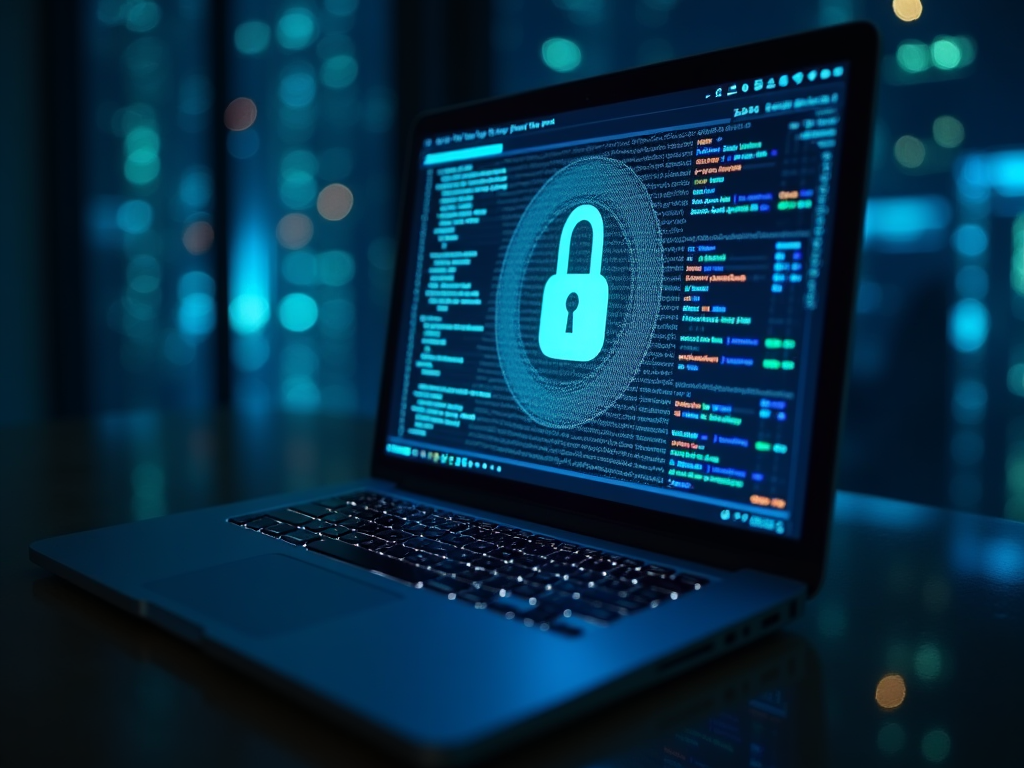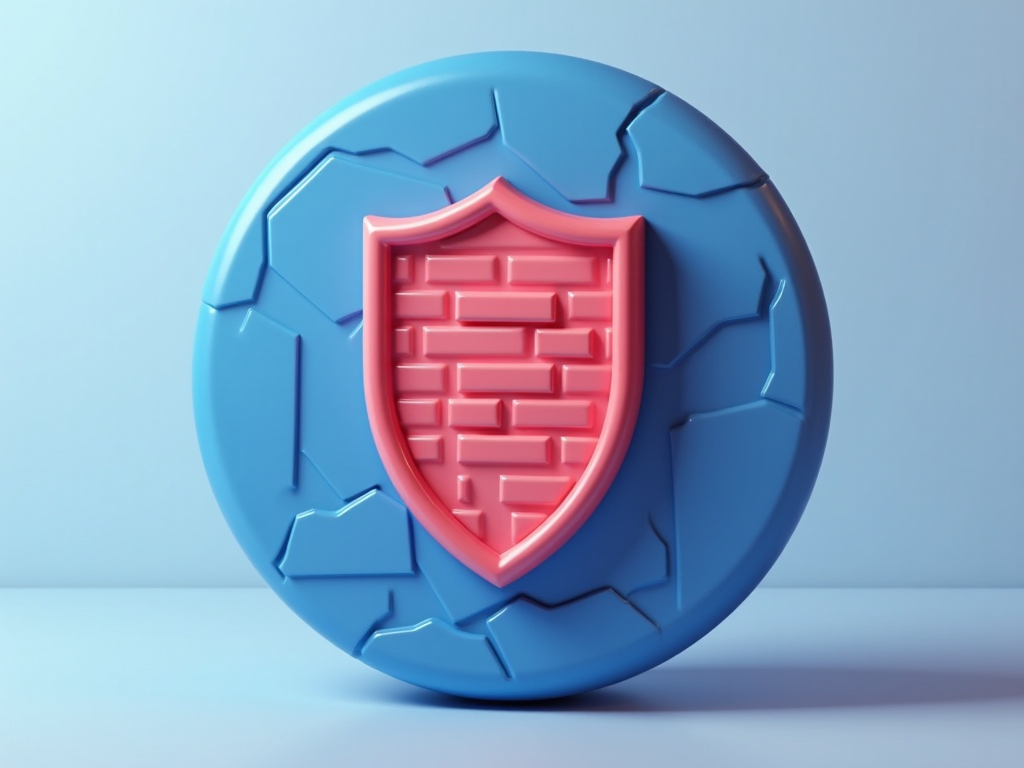Introduction to Cybersecurity
In today’s digital world, the internet is an integral part of our daily lives. From online banking to social networking, our dependence on technology requires strong measures to ensure that our data and systems are protected from digital attacks. Cybersecurity encompasses the technologies, processes, and practices designed to protect devices, networks, programs, and data from unauthorized access or harm.
"Cybersecurity is much more than a matter of IT."
– Stephane Nappo
What is Cybersecurity?
Cybersecurity refers to the practices and technologies designed to protect networks, devices, programs, and data from attack, damage, or unauthorized access. It includes various approaches to defend against cyber threats and ensures the availability, integrity, and confidentiality of our systems.
The scope of cybersecurity is broad, covering various areas such as data security, network security, application security, and operational security.
Why is Cybersecurity Important?
Cybersecurity is essential for individuals and businesses alike. It ensures the privacy of personal data, safeguards financial transactions, and protects intellectual property. Without adequate cybersecurity, sensitive information could be compromised, leading to financial loss, identity theft, and reputational damage.

Data Protection
Protecting sensitive data from unauthorized access or breaches is crucial in today’s information-driven economy.

Network Security
Securing computer networks to prevent malicious users from exploiting vulnerabilities is vital for organizational stability.
Common Cyber Threats
Malware
Malicious software designed to damage, disrupt, or infiltrate systems. It includes viruses, worms, trojans, and ransomware.
Phishing
Deceptive attempts to obtain sensitive information via fraudulent emails or websites, often masquerading as trusted entities.
Ransomware
Malware that encrypts a user's data and demands payment for its release. Often used for financial gain.
Basic Cybersecurity Best Practices
- Use Strong Passwords: Create complex passwords using a mix of letters, numbers, and symbols. Change them regularly.
- Enable Two-Factor Authentication (2FA): Add an extra layer of security to your accounts by enabling 2FA wherever possible.
- Keep Software Updated: Regularly update operating systems and applications to patch known vulnerabilities.
- Be Cautious of Suspicious Emails: Avoid clicking on links or downloading attachments from unknown or untrusted sources.
- Use Antivirus Software: Install reputable antivirus software to detect and prevent malicious activity on your systems.
Interactive Cybersecurity Tools
Here are some essential cybersecurity tools to help secure your digital environment:

Antivirus Software
Software designed to detect and eliminate malware, ensuring your system remains clean and functional.

Firewall
A firewall acts as a barrier between your trusted internal network and untrusted outside networks, filtering incoming and outgoing traffic.
Conclusion
Cybersecurity is a critical aspect of modern life. With the constant growth of digital technology, it is essential to remain vigilant and protect your personal information and online activities. By understanding the basics of cybersecurity and adopting the best practices, you can significantly reduce the risk of cyber threats. Remember, cybersecurity starts with you!
Back to Tutorials